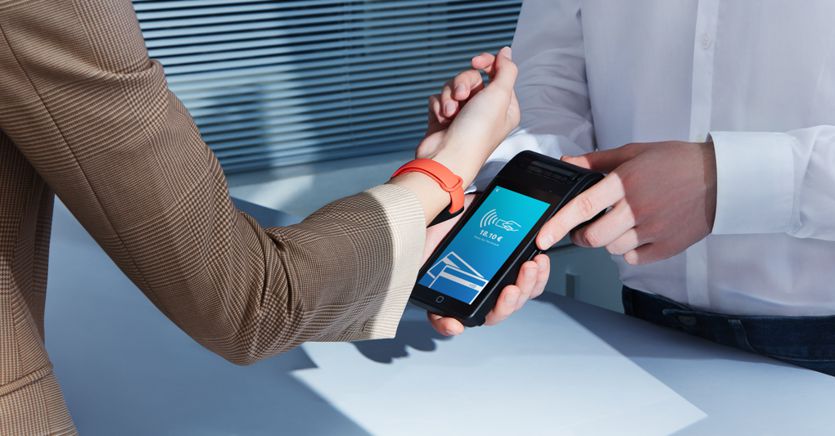In the beginning it was credit cards. Then the first smartphones arrived, and now innovation is rampant, between increasingly advanced smartwatches and bracelets. Electronic payments are increasingly wearable and smart. And they outline a future already written.
But let’s start with the data. The innovative payments sector continues to grow rapidly, as confirmed by the latest report by the Observatories of the Politecnico di Milano. Of course, the pandemic has accelerated its use, because e-commerce has grown and because we have tried to keep the contagion away by using contactless payment methods. Just like the experiment – which lasted only a few months – of the state cash-back. Yet we have known for some time that the furrow was already drawn. Despite the visceral link that Italians continue to have with cash, the future of payments is clearly linked to technology. And it now goes beyond credit cards, which remain the magic number for linking technological services to our bank account. But which are gradually dematerializing due to the arrival of digital innovations such as smartphone payments.
The smartphone is an increasingly total device in our lives. And within a few years – as confirmed by new regulations already adopted in the United States – it will allow us to leave our dear old physical wallet at home, given that payment cards enter the Wallet apps, but soon also documents such as driving licenses and identity cards.
Today the best known and most used digital payment services are Apple Pay and Google Pay, owned by the companies of the same name. Then there are dozens of alternatives, some of great interest. Like the very Italian Satispay, which continues to have great success for the low commissions required and for its ease of use.
But what is the future of digital payments? In order to better delve into this segment in great fibrillation, we asked for help from Valeria Portale, director (together with Ivano Asaro) of the Innovative Payments Observatory of the Politecnico di Milano. According to Portale, there is no doubt that the future lies in biometrics: “One of the strands of innovation certainly concerns the scanning of the irde, or the venous reticulum of the hand, or even facial recognition (such as Apple’s Face ID, ed). But it is a step to which we are not yet very close. It will take some more time ».
